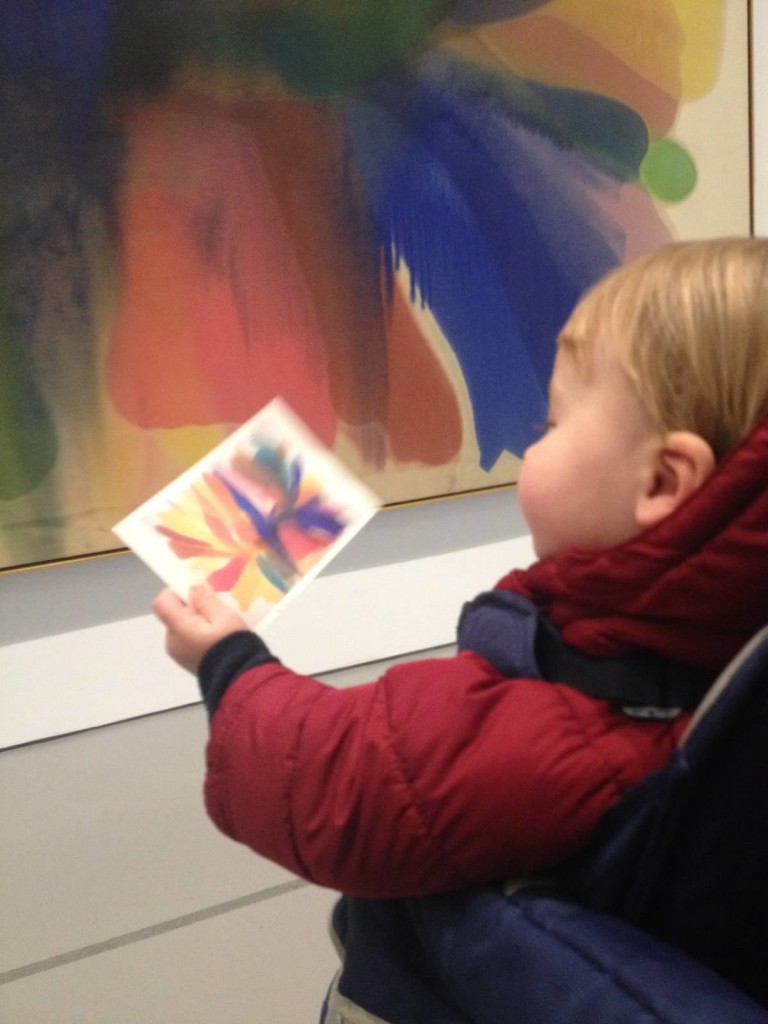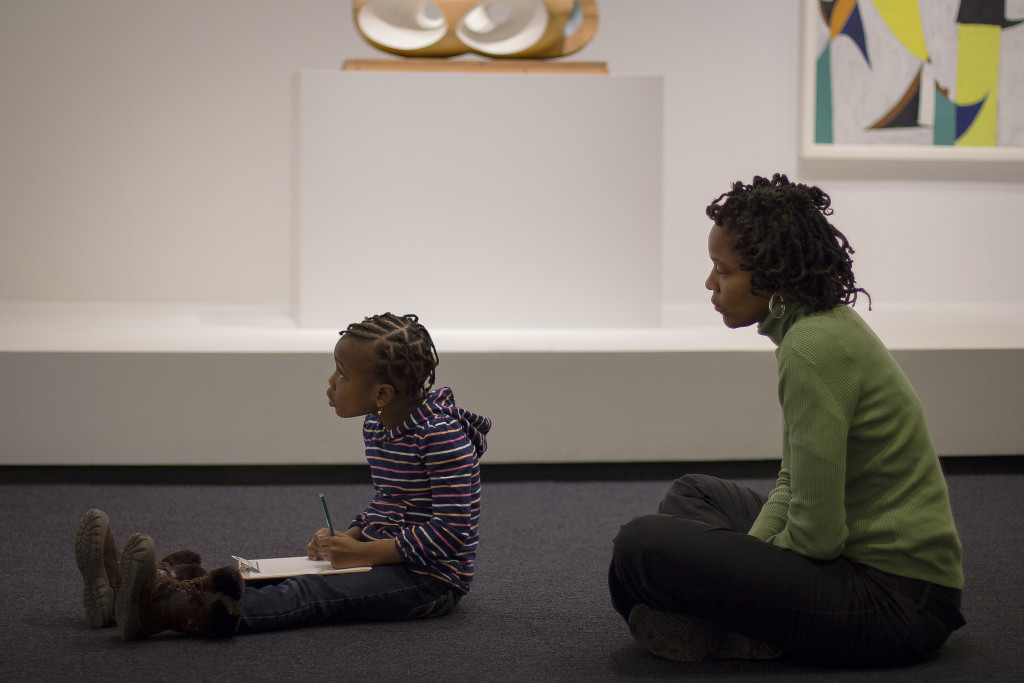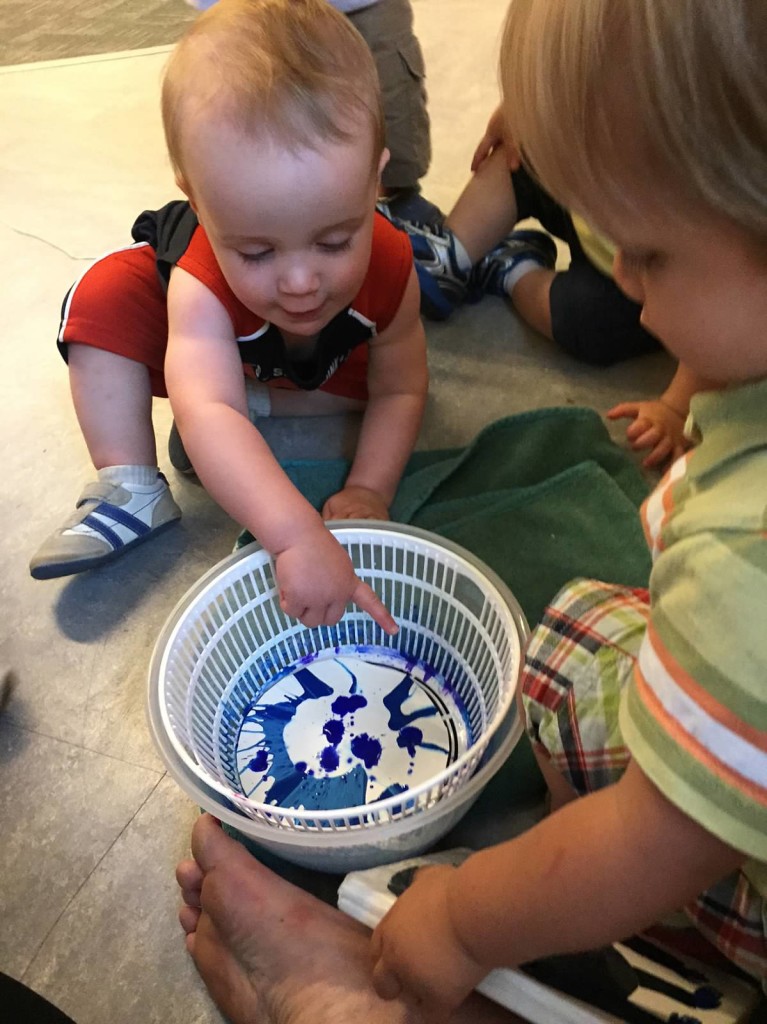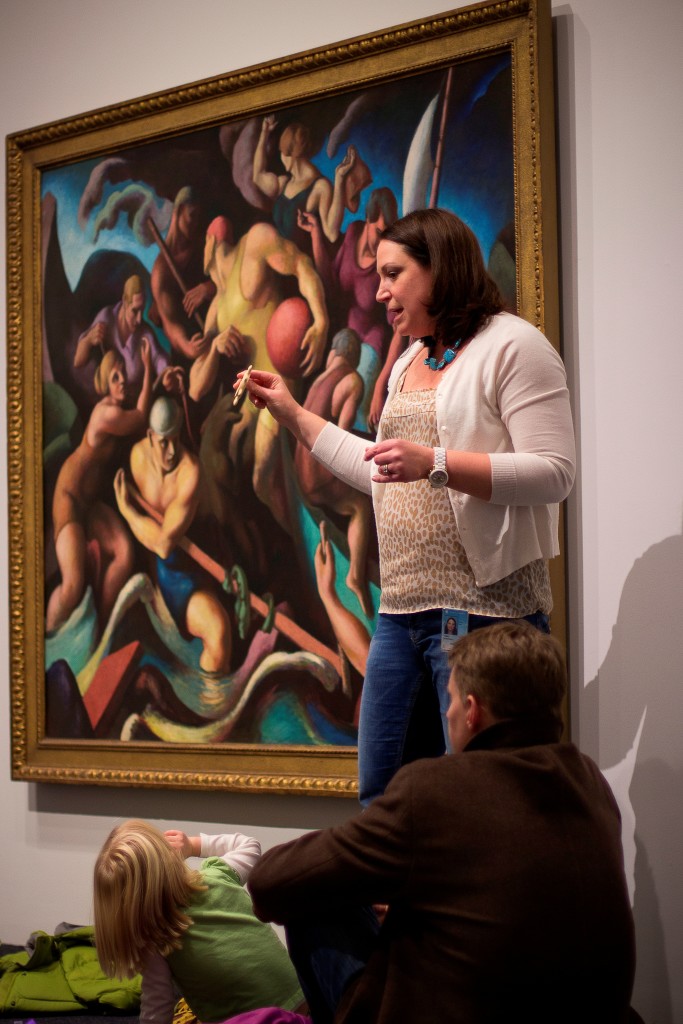I recently connected with Cynthia Raso with The Smithsonian Early Enrichment (SEEC). With two locations in the National Museum of Natural History and one in the National Museum of American History, SEEC serves children aged two months – six years. Priority enrollment is given to Smithsonian and federal employees. For more information about enrollment in SEEC visit http://www.si.edu/seec/enrollment
SEEC also offers part-time and weekend programs that are open to the general public. Family workshops run Saturdays and serve infants – Kindergarten. They also host the Smithsonian Early Explorers for caretakers and children aged 18 months – 2 years. This program meets twice-a-week for the duration of the school year.
I asked Cynthia to write a guest blog post introducing parents to the experience of visiting The Smithsonian Museums with you kids, toddlers and babies. Below is Cynthia’s post. We hope you find it helpful.
The animals at the Natural History Museum or airplanes at the National Air and Space Museum might feel like safe bets with your infant or toddler, but many parents opt out of visiting other venues like the National Gallery of Art or the Hirshhorn. In reality though, any museum is ripe with possibilities for your young child.
At the Smithsonian Early Enrichment Center (SEEC), we have been teaching infants, toddlers and preschoolers in museums and in the community for over 25 years. In fact if you are out on the Mall, chances are you will run into one of our classes seated before an object engaged in meaningful learning and of course, fun. Part of SEEC’s mission is to support and encourage families to take advantage of the Smithsonian’s amazing resources, so here are a few helpful hints that will make your next family museum visit a successful one!

Mother and daughter attend an infant workshop exploring the sense of touch at the National Museum of Natural History
Infants and Toddlers: Practical Advice
Talk To Them – Go ahead, don’t be shy! They will benefit from hearing you form sentences and use new vocabulary. Describe what you see, tell them what you like, ask questions – even the ones to which you don’t know the answer.
Observe Them – Non-verbal children understand more than you often realize. Watch your child. Where are they pointing? What captures their attention? At what are they looking? Respond to their body language by acknowledging what they show interest in, moving in for a closer look or providing more information.
Sing – Children love music and they respond to it. Use a favorite song and find a corresponding object. The Metropolitan Museum of Art has a great book that matches children’s songs with artworks. Alternatively, parents can choose a familiar tune and make up your own words. I did this on a recent visit to the National Museum of African Art when we looked at Jacob Lawrence’s Blind Musician. The theme of this infant class was sound, so when we got to the museum we sang:
To the tune of Frere Jacques
Where are my fingers, where are my fingers.
Here they are, here they are.
Strumming the strings, strumming the strings
Hear the notes, hear the notes.
After we sang the song, each child got the opportunity to touch the strings on a small, toy guitar, which leads me to the next helpful hint.
Bring an Object or a Book –Bring an object with you! It can be a toy or something real. For example, use a flower while looking at Monet or take a favorite train to the Transportation Hall at the American History Museum. If you are feeling ambitious, make a sensory bottle out of a small water bottle (hint: hot glue the top closed for safety). Sensory bottles can correspond to museum objects in countless ways. Take a look at our Pinterest page for some ideas.
Maybe you have one of those fun board books with touchable pages featuring different animal skins. Consider bringing something like that to the Mammal Hall at the Natural History Museum. Recently I visited the iconic Andy Warhol featuring Marilyn Monroe’s lips at the Hirshhorn and paired it with The Big-Wide Mouthed Frog by Ana Martin Larranaga.
Follow Your Child’s Interest – Whether they are dinosaur fanatics or fascinated with the falling leaves, plan visits to museums where you can expand topics in which they are already interested. Most museums feature their collections on-line so it’s easy to find out what is on display before your visit.
Use your Imagination – Perhaps you are visiting Henry the Elephant at Natural History – get into character and pretend to feed him. I have made pretend jam with pictures, a pot and a wooden spoon at the American History Museum while looking at canning jars. Don’t be afraid to get creative!
Timing – Museum visits do not have to last a whole day. The length of the visit should be appropriate for your child – you know when they are done. Bring a snack and take a break outside for some fresh air and exercise if you want the day to last a little longer. Consider the galleries like your local library. You should visit over and over to discover all that they have to offer.
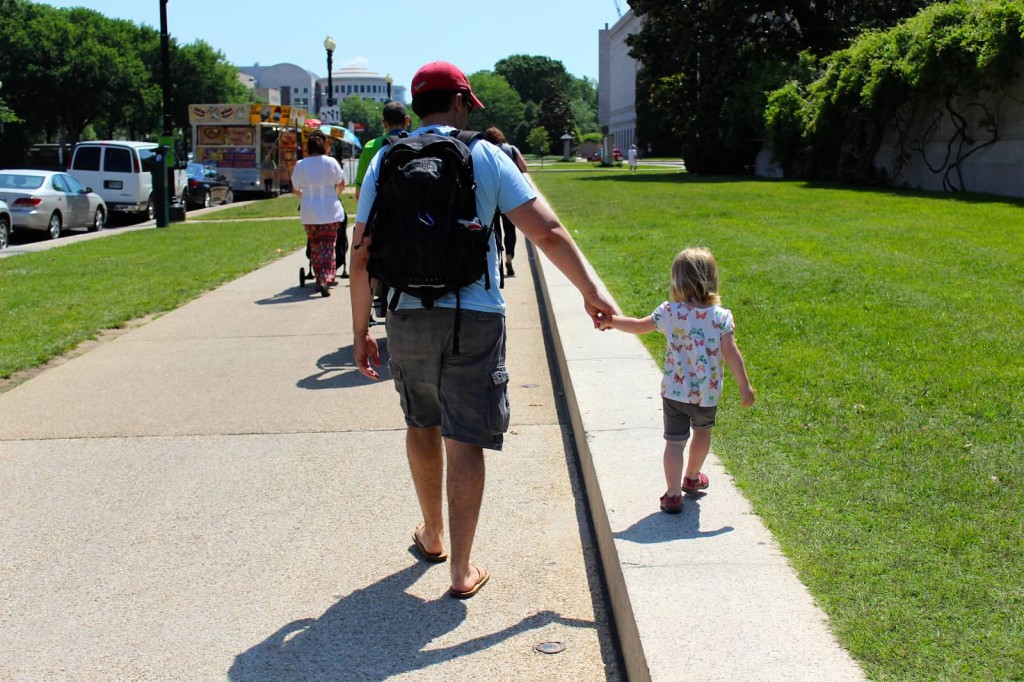
Father and daughter walk over to the National Gallery together during one of our weekend workshops, providing a break before the museum visit.
PreK and Elementary
Using similar tactics with PreK and elementary children will work. But now that they are a little older you can begin to add additional components to enrich the experience.
Sketch – Most galleries allow you to bring pencils, so take a small book and do some careful looking. Encourage your child to interpret the artwork in their own way and not recreate exactly what they see. Otherwise, they can feel easily frustrated.
Write a Story – Behind every museum object is a good story. Make up your own narrative and then go home and research the real story. Let your child narrate the story to you or if they are ready, have them do the writing.
Conservation – Pose open-ended questions like: How do you think the man in the painting feels? or, I wonder what it felt like to live during this time. Or suggest theories about how something works or what something might have used for. Listen to your child’s answers and share your own thoughts. Notice how your perspectives might change during the course of the conversation. Be willing to admit when you don’t know something and look at it as an opportunity to search together for the answer.
Take It Home
Extend your museum visit to your home by posting photos you took of your visit. Think about how you might introduce content from the visit into their play and other daily activities. A day at the art museum can be followed by an afternoon playing with some paint. A visit to botanic gardens can be extended by providing little one some dirt, bucket and a shovel with which to play. A visit to an aquarium or zoo might offer chances for water play in a table or big Tupperware.
Cynthia Raso, Mother and Manager of Community Outreach at the Smithsonian Early Enrichment Center


